The Coolest Shelters on Earth
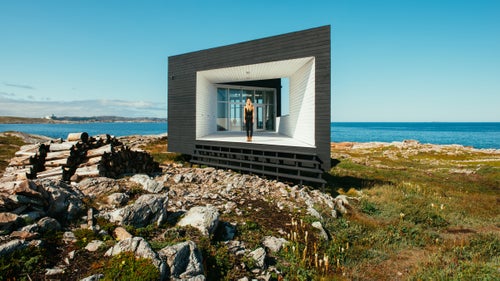
and did it. The duo left their desk jobs—Murphy as a textiles designer at Martha Stewart, and duPont as an interface designer at the agency R/GA—and hit the road. After a year on the move, they started the travel blog , where they create stories on topics like adventure and fashion for such clients as American Express, Gap, and Condé Nast Traveler. More often than not, the pair is traveling off the grid in their trusted Toyota Tacoma, which they’ve outfitted with a sleeping platform, running water, propane stove, and auxiliary batteries. Murphy and duPont love looking for inspiration in how others take shelter in their respective landscapes. In doing so, they’ve stumbled on some of the world’s coolest structures. Here, they show us a collection of their favorites.
Long Studio: Joe Batt’s Arm, Fogo Island, Newfoundland, Canada
Newfoundland is a mecca for innovative homes and architecture, which is surprising for an island with only 2,500 residents. On the outskirts of Joe Batt’s Arm on the northern tip of Fogo Island, we climbed over a hill near the coast and found what we think is one of the best examples of contemporary architecture in North America. Long Studio’s interior is almost completely open. It’s designed to hold multiple workspaces and capture the most light during long summer days.

Fogo Island was originally a fishing community, with many of its inhabitants coming from Ireland and England. In fact, it’s common to hear Irish accents while wandering more remote parts of Newfoundland, which was a surprise to us. Fogo Island Arts is responsible for six contemporary artist studios, available for residencies, as well as the . All of the buildings, designed by Todd Saunders, are influenced by the heritage, landscape, and tradition of craft that is native to this area.
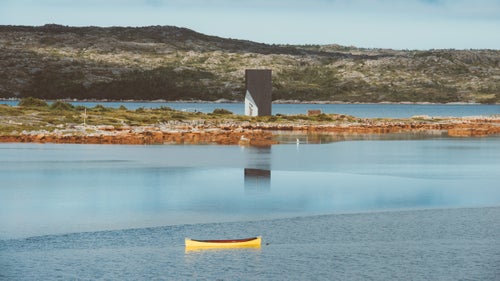
Another brilliant design from Saunders, the Tower Studio twists from the bottom and has large windows to capture light. It looks different from every angle and doesn’t stick out too much in the coastal landscape. All studios in the Fogo Island Arts project are off the grid and powered by solar panels that are either on the structures or nearby.

Cod fishing was the main source of income in Newfoundland until 1992, when the Canadian government prohibited fishing due to the diminishing cod population. This was a devastating blow to the island’s residents and economy. has come up with a strategy to rehabilitate the community based on the arts, geotourism, and incentives for local entrepreneurs.
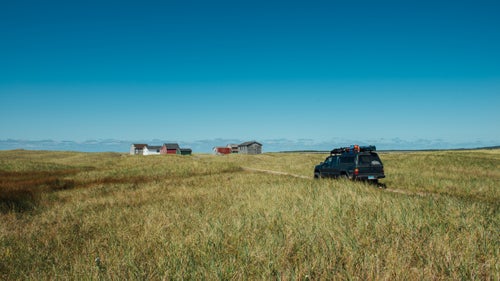
We saw these houses as little specks out on the beach as we drove north from in Newfoundland. It didn’t look as though many people drove out that way since there was no marked road. We decided to pull off and see if we’d be able to drive out to the collection of fishing shacks. We ended up with an epic view of the houses as well as the south-facing landscape of Western Brook Pond, a landlocked fjord.
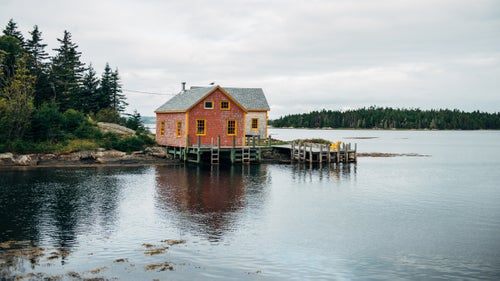
Filled with excitement one summer, we drove from Rhode Island to Nova Scotia in a day. After searching for a nonintrusive place to park and set up camp, we ended up discovering Bell Island. An elderly fisherman who was taking a walk in the neighborhood gave us permission to sleep in our truck at the end of the road. In the morning, we decided to walk around the area and took this picture of our neighbor’s house.
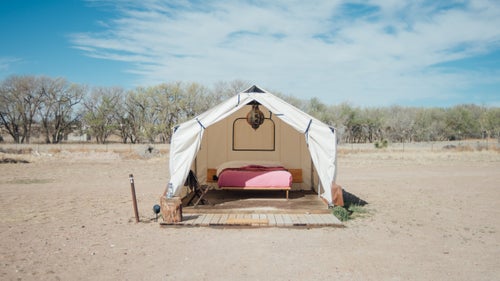
does a brilliant job of capturing the most beautiful elements of life in the desert and consolidating them into the ultimate glamping experience.
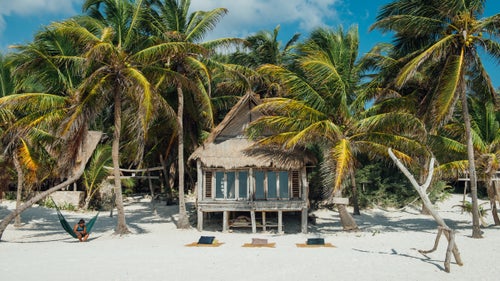
Although we’ve never stayed at , we’re always drawn to this beautiful beach villa when we visit Tulum. It’s a representation of everything we love about the place—the ocean, a great view, and totally picturesque.
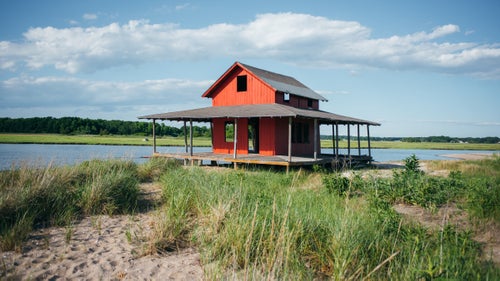
It wasn’t until we became tourists in so many other parts of the world that we really tried to look at our own home with that fresh perspective. One of our favorite discoveries is this beautiful beach shack at the tip of Grass Island in Guilford.
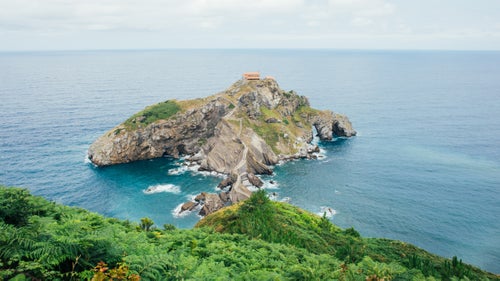
Driving west on the northern coast of Spain after leaving Mundaka, it isn’t long until you stumble across this gem. We hiked the rugged coast down to the man-made bridge connecting the island to the mainland and up the 241 stairs to the church that currently stands there. The church has been attacked and burned down many times over the centuries. It is thought that the original structure was built in the 9th century.